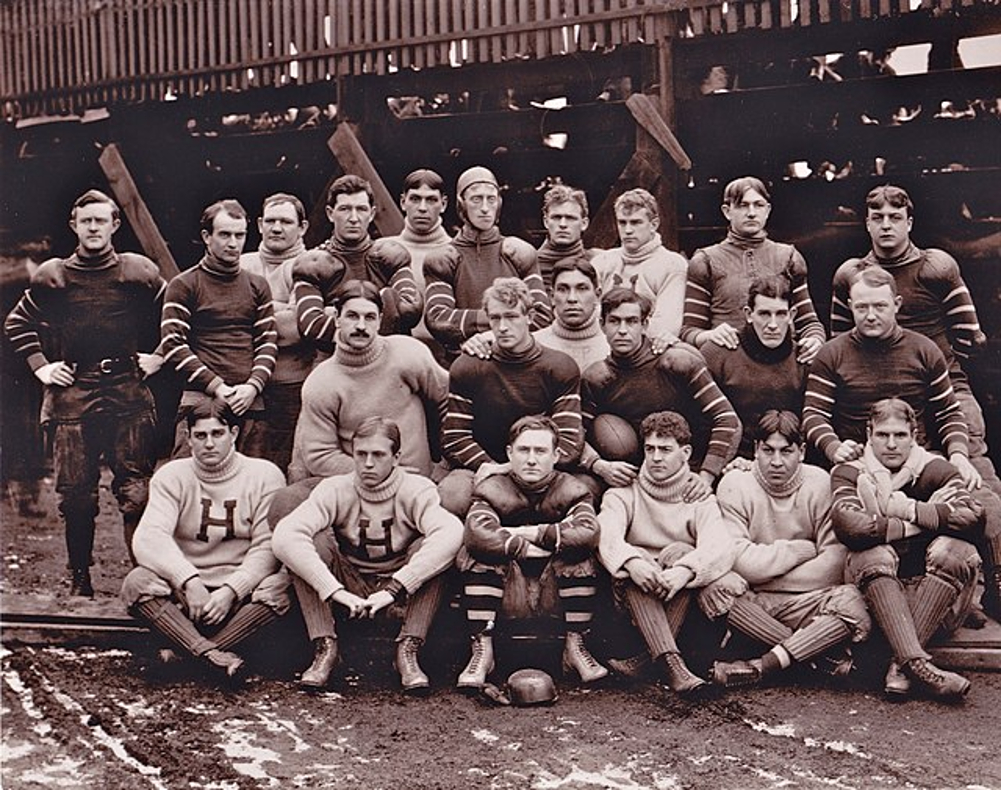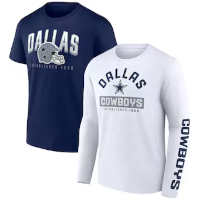Football historian and author Gregg Ficery, writer of the book Gridiron Legacy: Pro Footballs Missing Origin Story, discusses one of the key early pro football teams before the NFL, The Homestead Library and Athletic Club. Gregg's Great-Grandfather, Bob Shiring was a player on these HL&AC teams.
Homestead Library and Athletic Club
Homestead Library and Athletic Club Football
One of the early pro football organizations that were instrumental in developing the modern professional football game we love was a team called the Homestead Library and Athletic Club. Homestead borough is a Pittsburgh suburb located in the Monongahela River valley about seven miles southeast of downtown. The area may be most recognized in the sports history realm as the home of the Negro League Baseball team called the Homestead Grays, founded by Cumberland Posey in 1912.
Long before this baseball carnation, though, Andrew Carnegie donated the funds to build a handful of libraries and athletic complexes that would give the communities surrounding his multiple steel mills a bit of R and R. One of these was the Homestead Library and Athletic Club, which construction started on in 1896. The building was built on a hill in Munhall, Pennsylvania overlooking the Homestead Steel Works. [1] It is probably no mistake that Carnegie chose this spot as it was the site of an 1892 labor strike where Pinkerton agents fought with union workers, resulting in 16 deaths. Perhaps the reformation of the place of violence associated with his firm would be forgiven by adding a positive place to the landscape. The facility furnished a wide array of interests for the residents of the area, including a concert hall, a gymnasium, a swimming pool, duck pin bowling, and more. [2]

Nothing to hide
Just like you we are fans of sports history and legendary athletes. The posts generally take a lot of time and research to put together, so it’s a fair bit of workand we love to do it! In order to bring you the quality info and make ends meet we make commissions from qualifying purchases in ads and links you may see on this page. It doesn’t cost you anything extra, but your purchases help support this website a lot. Just keeping it real and thanking you for your continued support!
William Chase Temple and the Rise of Homestead
The story of the gridiron success of the HL&AC starts across town in 1898 at the Duquesne Athletic Club. In 1898, a former Pittsburgh Pirates minority owner, William Chase Temple, took over the Duquesne Country and Athletic Club, becoming the first individual team owner in professional football.
Temple had left the realm of baseball a few years earlier after he felt a bit disrespected by those in baseball. He founded an award called the Temple Cup, a trophy given to the winner of an annual best-of-seven postseason championship series for American professional baseball from 1894 to 1897. Competing teams were from what we call today the National League, but at the time and since its creation in 1876 was known as the National League of Professional Baseball Clubs. The 30-inch tall cup award was donated by Temple and cost him about $800 at the time, equivalent to approximately just over $24,000 in today’s money. Quite a substantial sum, no matter what one's station in life is. In other words, he took the Award very seriously. It didn't go quite to plan for Temple, though. There seemed to be a lack of genuine enthusiasm on the part of the players. Their apathy spread to the fans and made attendance at the Temple Cup games in the latter years be disappointing. Interest in the series faded quickly, as the second-place team had won three of the four series, sort of discrediting the process of the season in the fan's eyes. Thus Temple turned his efforts and money toward the blossoming game of professional football.
The Duquesne Country and Athletic Club was Temple’s first gridiron investment of time and resources in 1897. The DC&AC had become the best professional team in Pennsylvania, equivalent to the best in the world in Temple’s time there.
The first DC&AC football team was in 1895 and started as a mere amateur club. However, this all changed when they played against the Pittsburgh Athletic Cub midseason, as they began to hire some paid players after some early success. After the 1897 season, the club signed several good players to contracts for the following season. The ending of the Spanish-American War brought an even more significant influx of talent as the soldiers returned home. Temple capitalized on this and built the strongest of all the Pennsylvania teams in 1898 and 1899. The DC&AC ran through all opposition from Pittsburgh and even the most potent team from Philadelphia. The DC&AC board of directors felt that the profits garnered by the football team needed to be fully realized by the Club itself and so decided to drop much of the payroll of the football players. Temple argued that he had to use the Club’s budgeted money and some out of his own pocket to finance the success. Disgruntled, he sat out the 1899 season only to connect with the HL&AC for 1900.
In 1900, A C Dinkey along with Temple himself stole many of the Duquesne substantial players for his rival Homestead Library and Athletic Club. Temple poached great players such as quarterback Dave Fultz and John Gammons for the HL&AC from his former team, and they became the backbone of something special in Homestead. Over the next two seasons (1900 and 1901), Homestead fielded the best professional football team in the country and did not lose a game. The 1901 squad had some of the era's super stars with the roster being: John Daff Gammons, Art Poe, John Winstein, Brute Randolph, Hawley Pierce, Arthur Mosse, Perry Hale, Hoppy Hunt, Michael P McNulty, Rody McCutcheon, Howard Nieman, Fred Crolius, Bemus Pierce, Dave Fultz, Pete Overfield, Bob Shiring, Joe Steen, Frank Maxson, Willis Richardson, Frank Woodley, Artie Miller, and Sandy Shields.
The success led to an attempt of better organized pro football.
Dreyfuss prepared 13 Dec 1901, Fri The Pittsburgh Press (Pittsburgh, Pennsylvania) Newspapers.com
Credits
A Very Special thanks to information obtained from the following brilliant sources:
- American Football Database
- Gridiron Legacy: Pro Football’s Missing Origin Storya, Gregg Ficery, p. 62
Banner photo is courtesy of Wikimedia Commons of Homestead Library & Athletic Club football team, 1901.
Top row, left to right: Daff Gammons, Art Poe, John Winstein, Brute Randolph, Hawley Pierce, Arthur Mosse, Perry Hale, Hoppy Hunt, Michael P. McNulty, Rody McCutcheon.
Middle row, left to right: Howard Nieman, Fred Crolius, Bemus Pierce, Dave Fultz, Pete Overfield, Bob Shiring.
Bottom row, left to right: Joe Steen, Maxson, Willis Richardson, Frank Woodley, Artie Miller, Sandy Shields.









